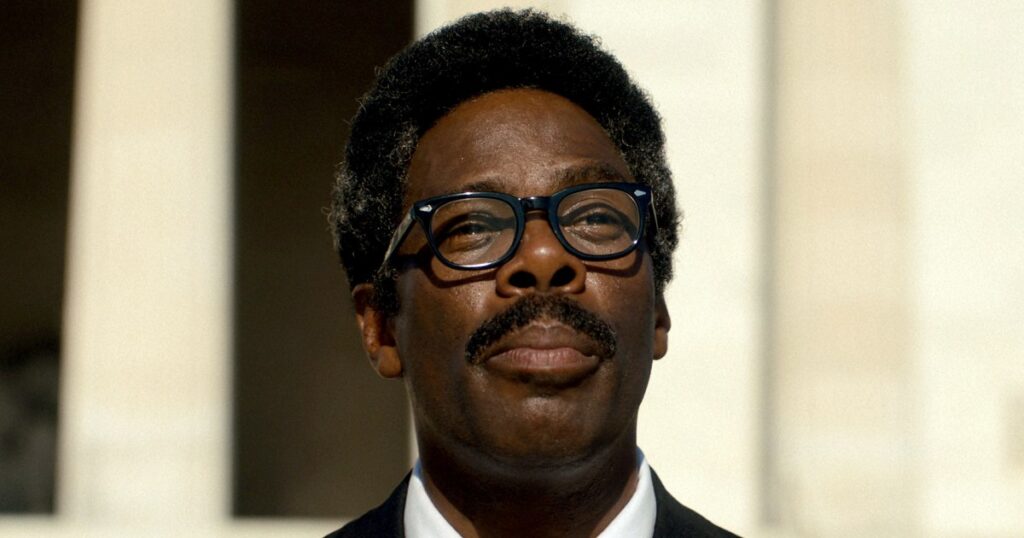As the film awards season reaches its climax, highlighted by the glitz of the Academy Awards, the glamour of the events contrasts with the harsh realities frequently depicted in the nominated works. For example, the film “Rustin” has received multiple award nominations for Colman Domingo’s performance as civil rights leader Bayard Rustin. Yet the descriptors for the film’s Motion Picture Association rating make no mention of the specific type of violence present in the movie — which is frequently vivid in films about that period in American history.
The descriptors for the film’s PG-13 rating list “thematic material, some violence, sexual material, language including racial slurs, brief drug use, and smoking.” But the phrase “some violence” barely scratches the surface. There is a term for violence that is racially motivated: racial violence. Despite the extreme racial violence in “Rustin,” the term is absent from the descriptors. Unfortunately, this omission is all too common. But given what we know about the psychological impact of depictions of racial violence, there is an urgent need for comprehensive change in how we rate and understand media content.
“If racial violence is portrayed, there’s not much thought to how it affects African Americans.”
Just within the past few years, the nation has been profoundly impacted by the tragic deaths of Ahmaud Arbery, Breonna Taylor and George Floyd, especially the disturbing videos of Floyd’s and Arbery’s murders. These events have not only shaken our collective psyche but have also highlighted how media content can reflect and, at times, intensify societal wounds.
As both a documentarian and a human rights scholar, I understand the profound influence of film on society. Recently, I spoke with multiple Emmy Award-winning filmmaker Stanley Nelson Jr. about the long-lasting impact these depictions have on societal perceptions. Regarding the racist depictions of Black characters that were the…
Read the full article here





